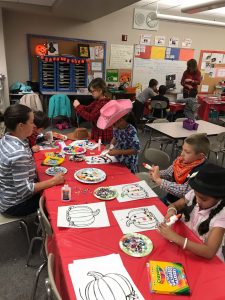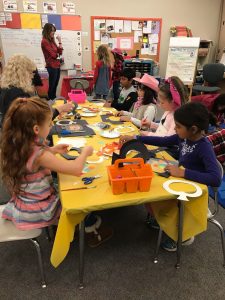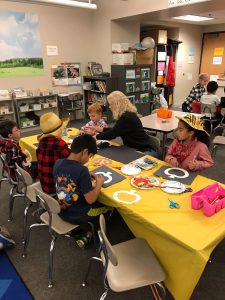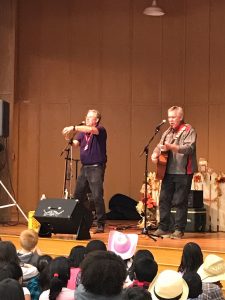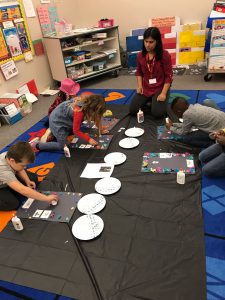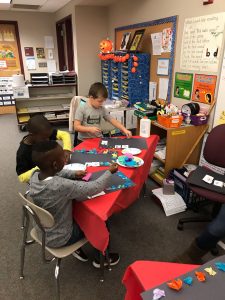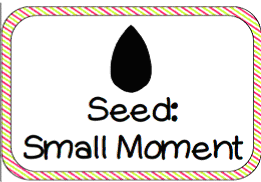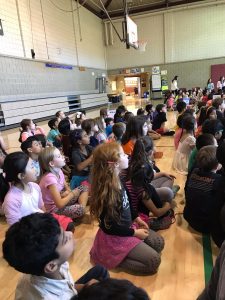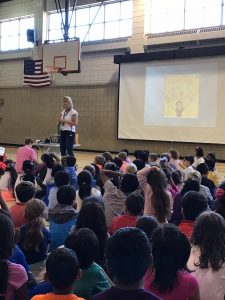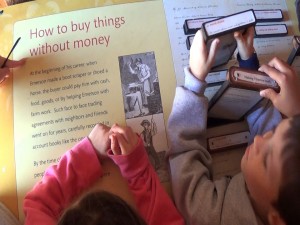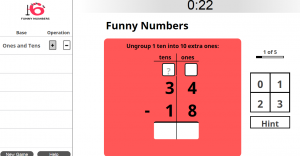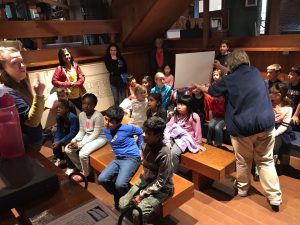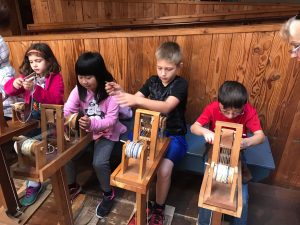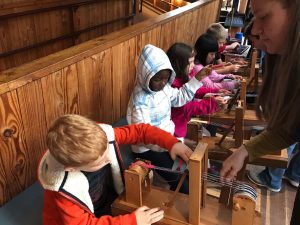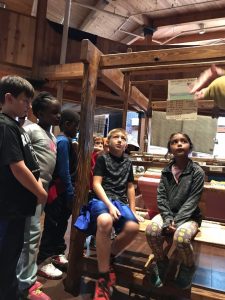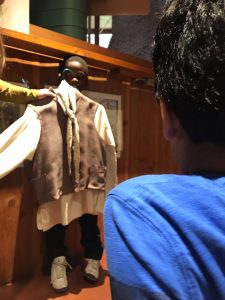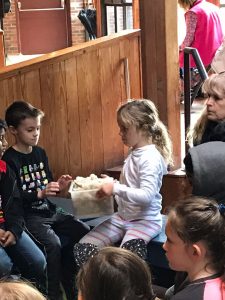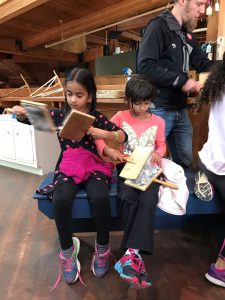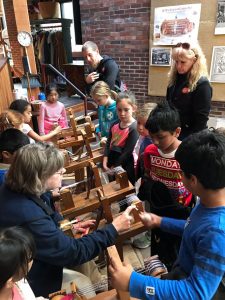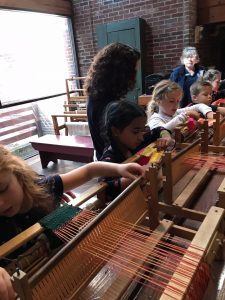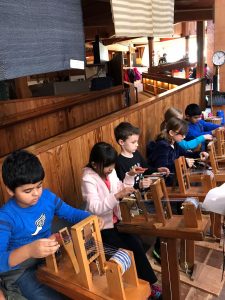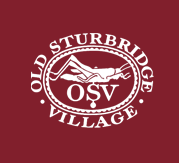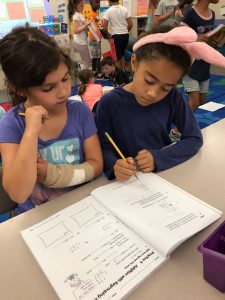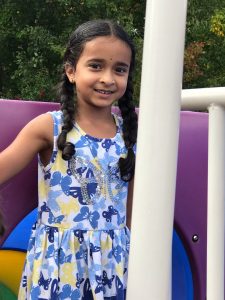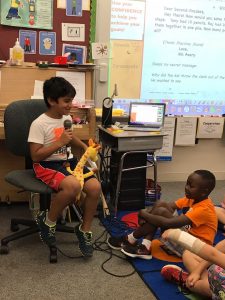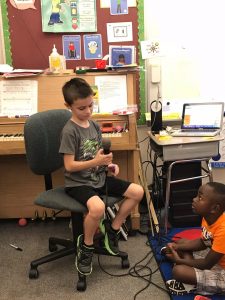Posted by kavery508 | Posted in Uncategorized | Posted on October 30, 2017
What a great time we had on Fall Festival! The kids had a blast making crafts, hearing stories, and singing along to songs by local performers, “Chuck and Peter!” Thanks to Diane Grande, Jill Magarro, Charolette Winder, and Ruchi Singh for leading activities and helping children along.
This week, there will be no homework on Tuesday. If you’re looking for things to keep busy, consider the optional math homework pages, RAZ Kids reading, or Greg Tang Math games.
 In science this week we will learn about animal adaptations. In particular, we will be studying owl physiology and behavior as part of a research unit on nocturnal animals. We will be treated this Thursday to a visit from local raptor rehabilitator Jim Parks, as part of his educational Wingmasters program. Jim brings several live specimens and engages kids in learning about adaptations, characteristics, and conservation. You can learn much more about the program and local raptors at: http://www.wingmasters.net/aboutus.htm. And here’s a great collection of age-appropriate informative text and media about owls that kids can read at home to learn more about owls: http://idahoptv.org/dialogue4kids/season12/owls/facts.cfm
In science this week we will learn about animal adaptations. In particular, we will be studying owl physiology and behavior as part of a research unit on nocturnal animals. We will be treated this Thursday to a visit from local raptor rehabilitator Jim Parks, as part of his educational Wingmasters program. Jim brings several live specimens and engages kids in learning about adaptations, characteristics, and conservation. You can learn much more about the program and local raptors at: http://www.wingmasters.net/aboutus.htm. And here’s a great collection of age-appropriate informative text and media about owls that kids can read at home to learn more about owls: http://idahoptv.org/dialogue4kids/season12/owls/facts.cfm
 Our reading focus this week is on the comprehension strategy, Retell a Story. When students can name important characters, setting, problem, events, and ending in a story, it shows they understand what is important to know. At homework time, try asking your child to tell you any or all of the above to see if they were reading purposefully! A helpful meme for this kind of summary is called The 5 Finger Retell. It’s outlined and explained in this blog post from Reading Mentors: 5 Finger Retell.
Our reading focus this week is on the comprehension strategy, Retell a Story. When students can name important characters, setting, problem, events, and ending in a story, it shows they understand what is important to know. At homework time, try asking your child to tell you any or all of the above to see if they were reading purposefully! A helpful meme for this kind of summary is called The 5 Finger Retell. It’s outlined and explained in this blog post from Reading Mentors: 5 Finger Retell.
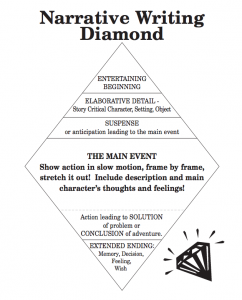 Our work with narratives continues, with a focus on Entertaining Beginnings. Consider the difference between these two story starters about learning to ride a bike: 1. I went outside. I walked down the driveway. I went to my bike. 2. I dashed down the driveway and grabbed my helmet. I was going to ride a bike on my own for the first time, and I couldn’t wait! See how much more engaging the second example is? Students will be taught this week how to hook their readers in using actions, sounds, and questions.
Our work with narratives continues, with a focus on Entertaining Beginnings. Consider the difference between these two story starters about learning to ride a bike: 1. I went outside. I walked down the driveway. I went to my bike. 2. I dashed down the driveway and grabbed my helmet. I was going to ride a bike on my own for the first time, and I couldn’t wait! See how much more engaging the second example is? Students will be taught this week how to hook their readers in using actions, sounds, and questions.
 In math this week, students will be introduced to subtracting across zeros (e.g. 500 – 146 = _____ ). Although we’ve learned to regroup in the hundreds, tens, and ones places, this skill requires some extra thinking. I suggest students use the base ten blocks and mat in the h0mework folder to help them where the process of crossing out numbers is too abstract. Here’s a video that explains it with pictures, for extra support: Math Playground Video Subtraction with Zeros.
In math this week, students will be introduced to subtracting across zeros (e.g. 500 – 146 = _____ ). Although we’ve learned to regroup in the hundreds, tens, and ones places, this skill requires some extra thinking. I suggest students use the base ten blocks and mat in the h0mework folder to help them where the process of crossing out numbers is too abstract. Here’s a video that explains it with pictures, for extra support: Math Playground Video Subtraction with Zeros.


